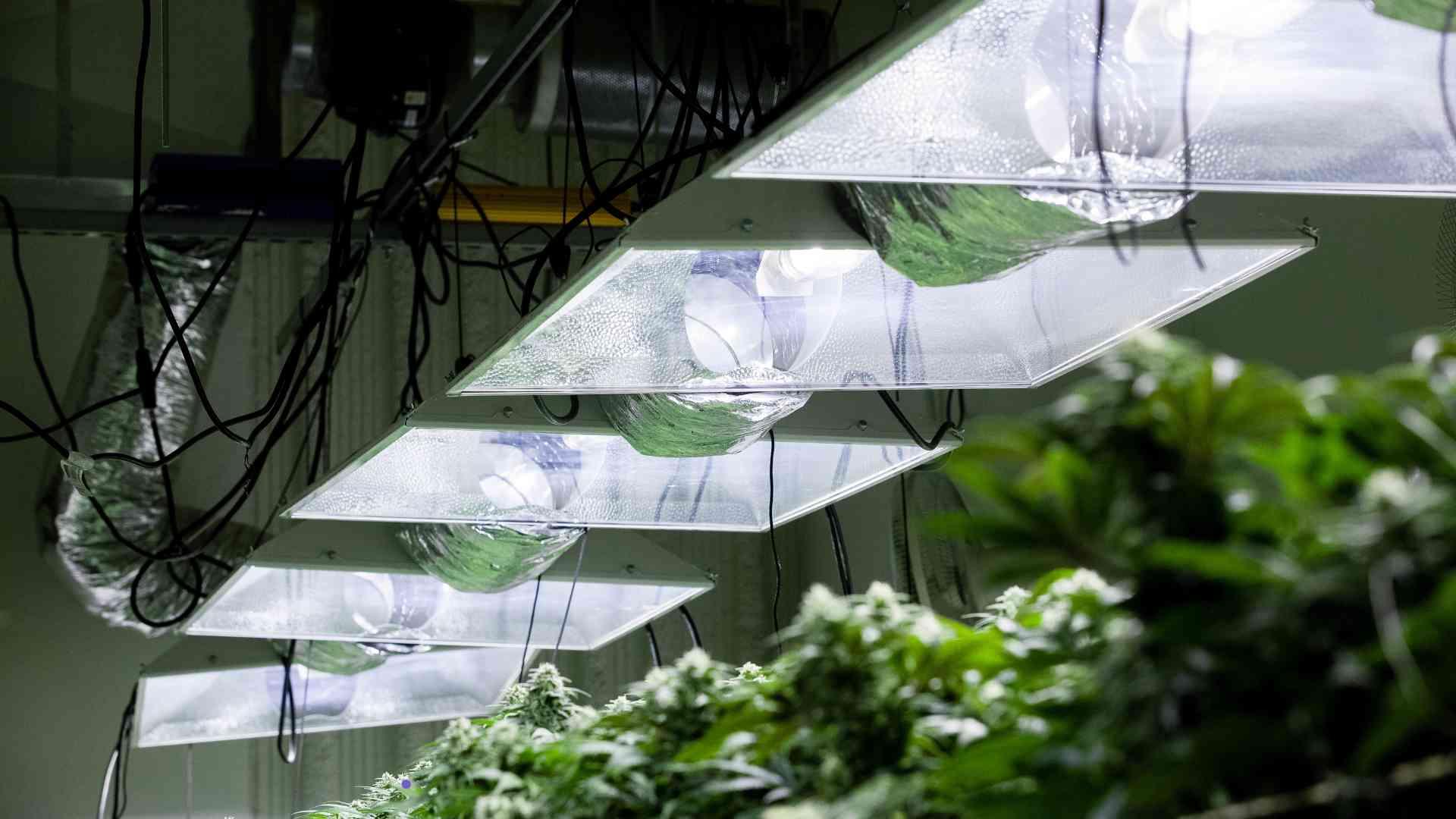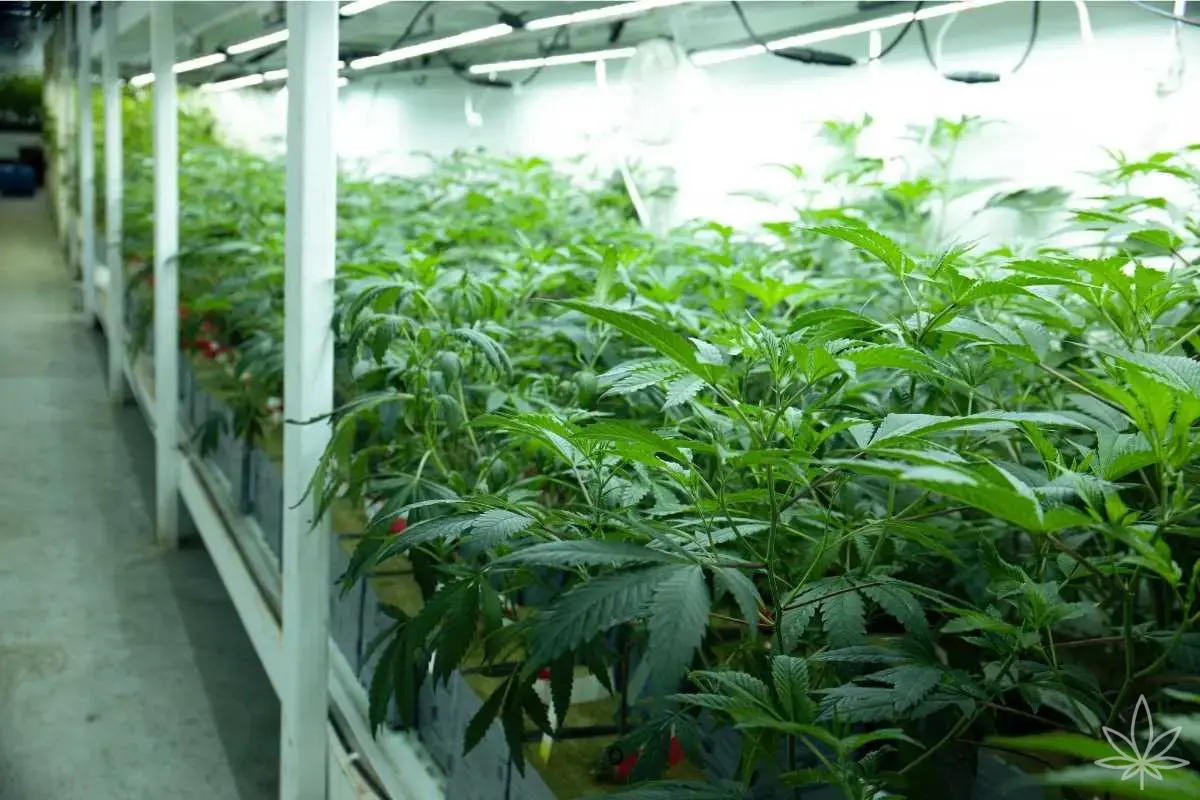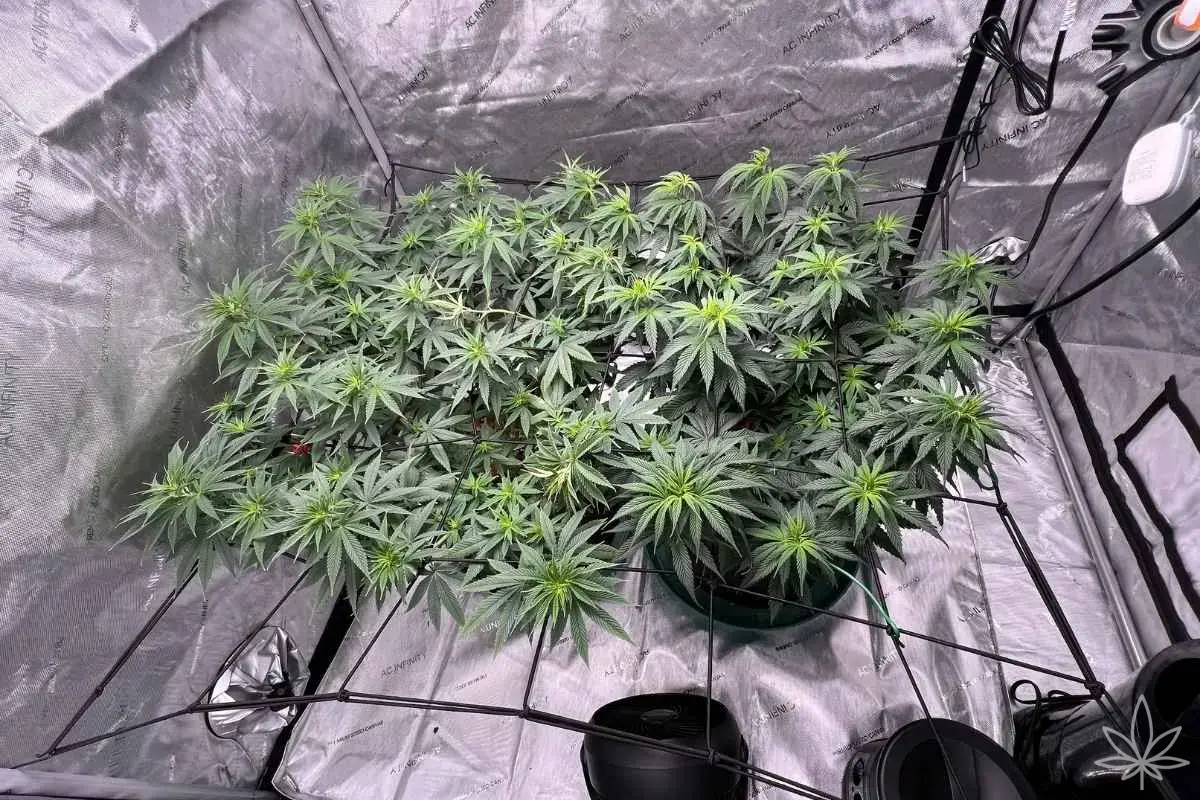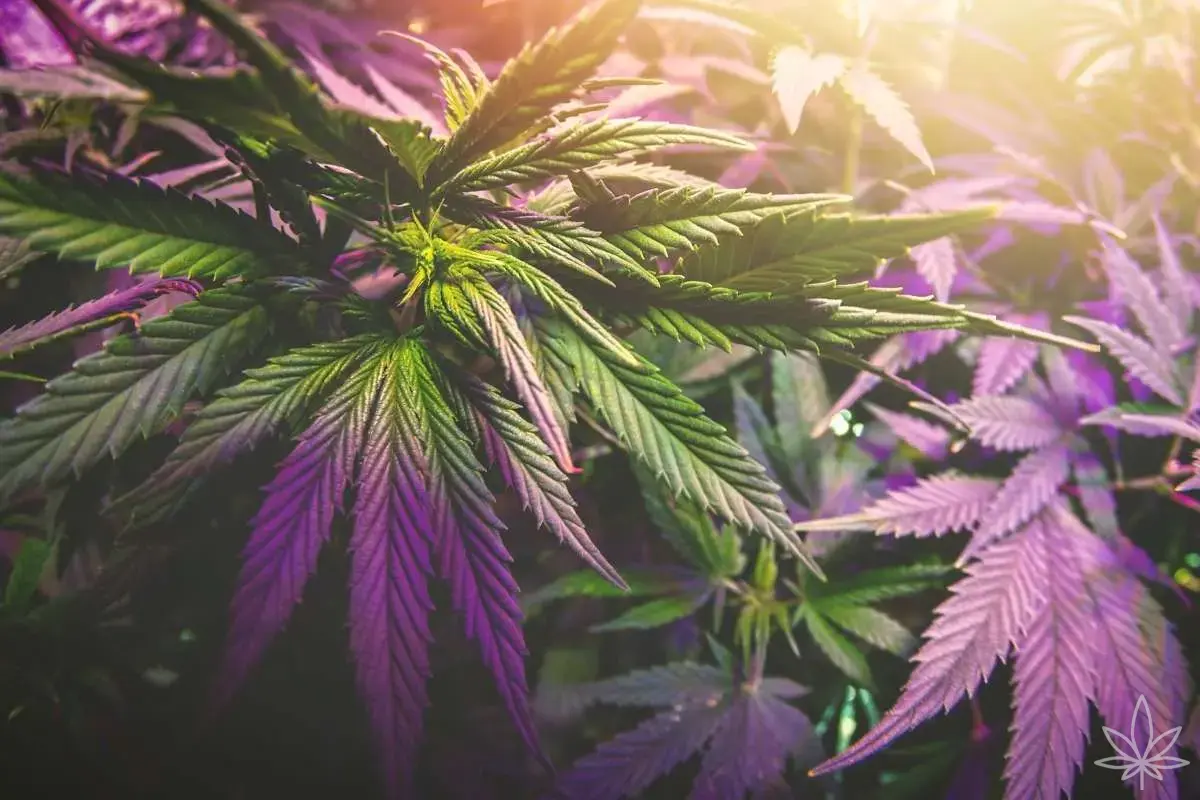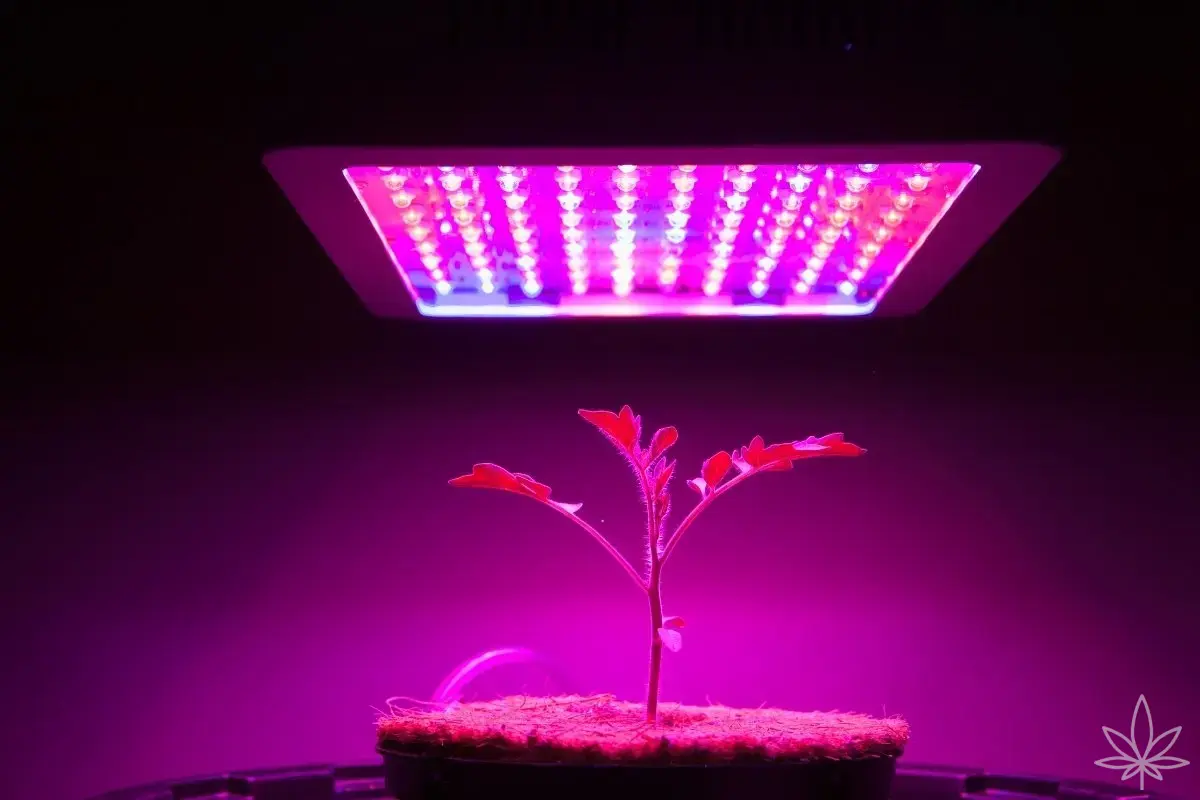Unlike a regular room, a growroom has a high energy demand. A single 600W HPS lamp, multiple fans, a carbon filter, humidifier, and temperature controller already represent a substantial load. When you add more lighting or automation systems, the risk of overload increases exponentially.
Incorrect power distribution, wires that are too thin, or lack of proper circuit protection can cause overheating, short circuits, or fires. A safe electrical system is the backbone of every indoor cultivation setup.
Golden Rule: Electricity Above, Water Below
The most important rule to follow when designing a growroom is: always run the electrical installation above, and keep irrigation systems and water tanks below.
This fundamental safety standard helps avoid water coming into contact with electricity, thereby eliminating the risk of electrocution. Power cables, sockets, and extension strips should be installed above the lighting level and kept away from potential drips, sprayers, or leaky containers. Irrigation systems and reservoirs should always be positioned below the level of any wiring.
Step 1: Estimate Total Energy Consumption
Start by calculating the total power your devices will consume. Add up the wattage of all your lighting fixtures (e.g., LED, HPS, MH), exhaust fans, oscillating fans, timers, humidifiers, heaters, and any other appliances. For a small setup, consumption may not exceed 1000–1500W, but with two or three strong lights and additional equipment, this can easily double or triple.
Knowing your total power consumption will help you choose the right cables, fuses, and power strips. It also helps determine if your existing electrical circuit can handle the load or if a separate circuit from the fuse box will be necessary.
Step 2: Use High-Quality Extension Cords and Power Strips
Never use cheap extension cords or overloaded power strips. Make sure all components are certified for the total load. Choose thick cables (at least 1.5 mm² for 10A, 2.5 mm² for 16A). Always use grounded outlets and plugs.
Avoid daisy-chaining power strips, and never place extension cords on the floor where they may come into contact with water. Hang them on hooks or secure them high on the wall.
Step 3: Install Surge and Overload Protection
Use power strips with surge protection, and for larger installations, install a circuit breaker (RCB/MCB). A residual-current device (RCD) can protect you from electric shock by immediately cutting off power in case of a short or contact with water.
You can also use smart controllers that monitor power usage and shut down equipment in case of overload or failure.
Step 4: Keep Moisture Away from Electrical Components
Water is one of the biggest threats in a growroom. Whether from irrigation systems, hydroponics, or condensation – moisture can cause shorts or corrosion.
Keep all power strips, timers, and controllers in sealed boxes or mount them high on the wall away from the plants and water lines. Protect sockets with rubber covers or use splash-proof models (IP44 or higher).
Step 5: Organize the Wiring Properly
Don’t let your growroom become a spaghetti mess of wires. Use cable organizers, clips, and channels. Label each plug and make sure wires are easy to trace in case of failure. Keep all wiring off the ground and route cables along the ceiling or walls.
Maintain distance between power lines and water lines – this cannot be stressed enough. The neater the layout, the lower the risk of accident or confusion.
Step 6: Regularly Inspect and Maintain the System
Electrical installations need regular inspections. Check for melted plugs, damaged insulation, and signs of overheating. Clean fan blades and controllers of dust, and test safety devices such as RCDs monthly.
When in doubt, consult a licensed electrician. An extra hour spent ensuring safety can prevent a disaster later.
Summary
Electrical safety in a growroom is not something to be underestimated. A well-designed system protects your plants, your equipment, and most importantly – yourself. Always install electrical systems above and water systems below. Use quality components, properly calculate load, and never cut corners when it comes to your safety. A safe grower is a successful grower.

